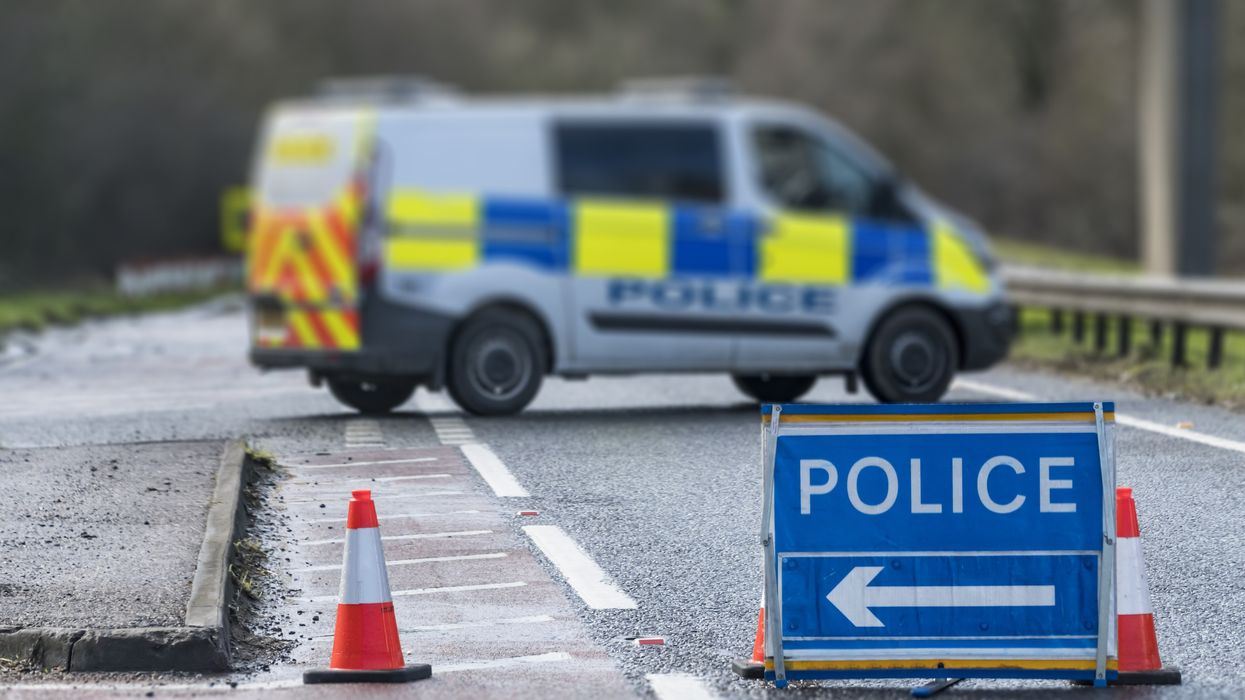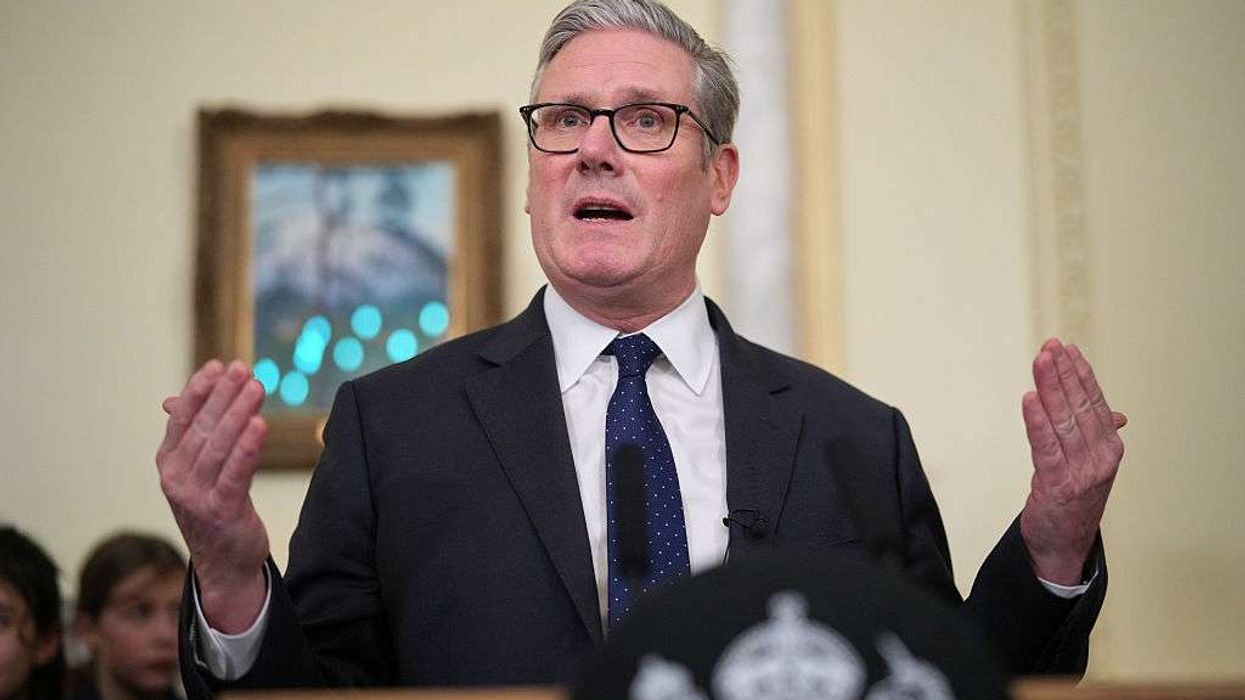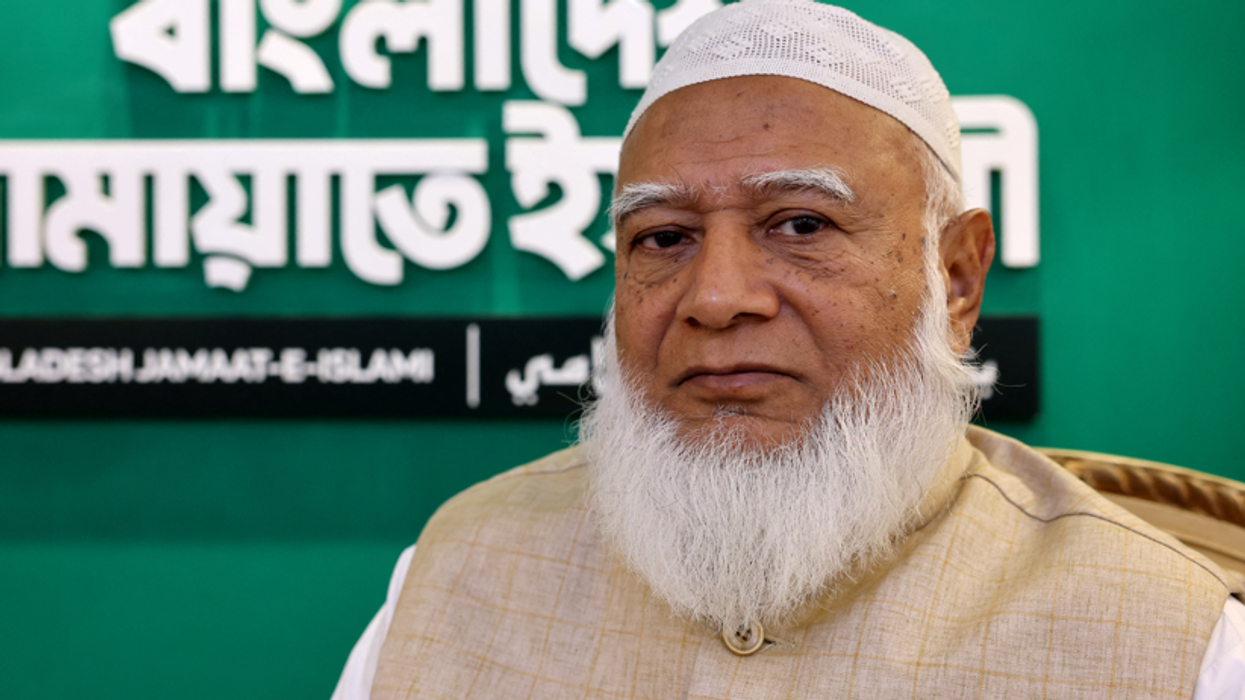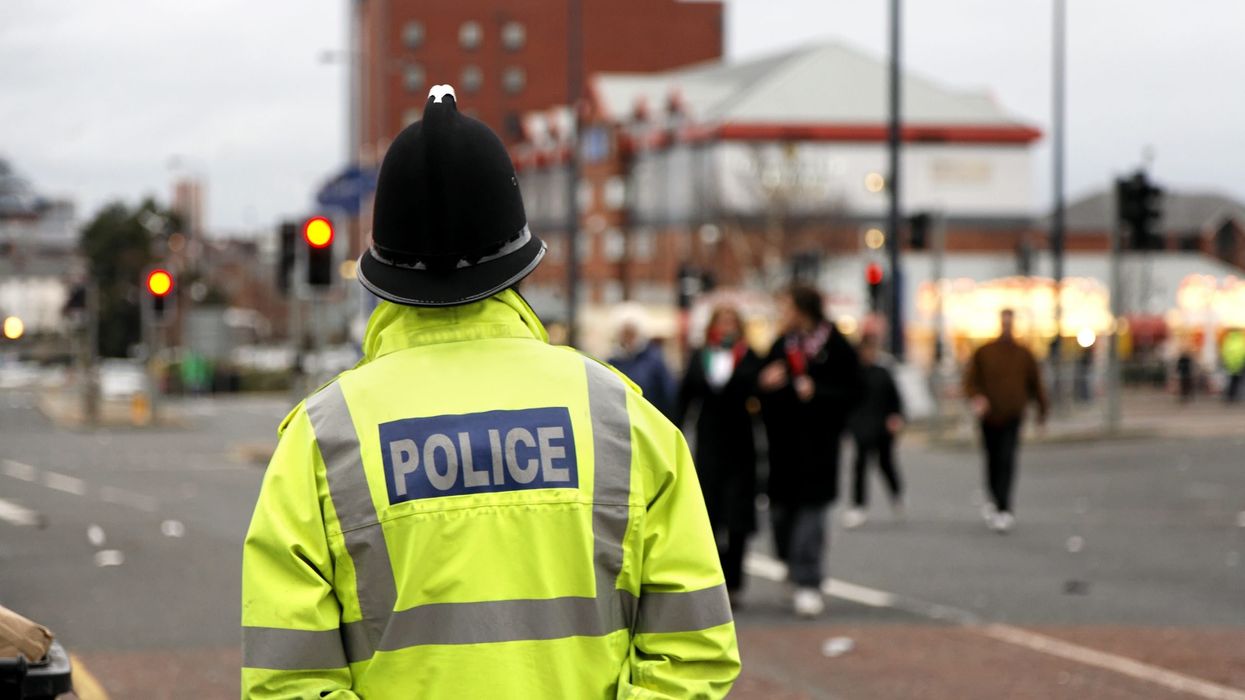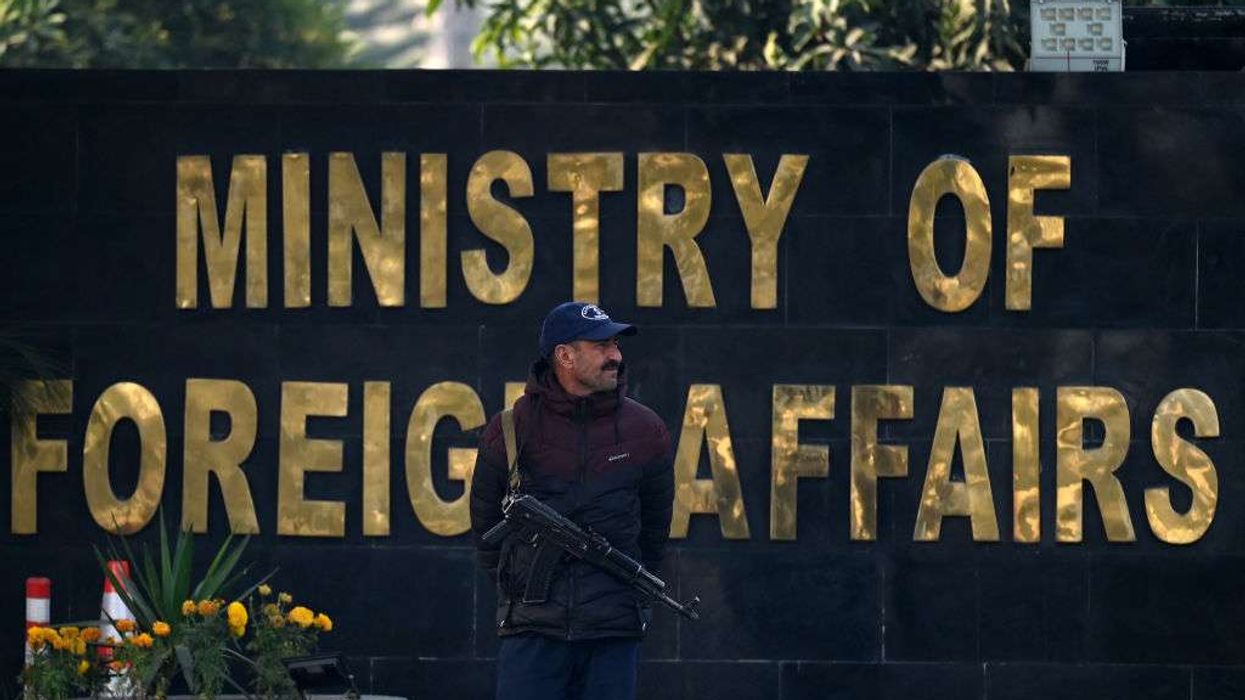A serious incident involving multiple police vehicles has closed a section of the A1 in Newcastle during the early hours of Tuesday morning.
The Newcastle A1 crash occurred just before 02:30 BST near Denton Burn, with the North East Ambulance Service (NEAS) confirming that five people were taken to hospital.
Images from the scene show four marked police vehicles with significant damage. One police car had its roof torn off, and a black 4x4 vehicle was found lying on its side. Debris was scattered across the northbound carriageway between junctions 73 and 75.
National Highways has stated that the road is expected to remain closed until the afternoon while collision investigation teams work at the scene. Diversions are currently in place to manage the traffic disruption caused by the Newcastle A1 crash.
One local resident described the aftermath as "absolute carnage". He said: "You could hear a helicopter through the night. It was very strange; I knew something big had happened as I’ve been stuck in the traffic."
BBC Look North reporter Mark Denten, who was at the scene, reported seeing an extensively damaged black 4x4 vehicle on its side and four police vehicles. One police car, located a few metres down the road, appeared to be the most severely damaged.
Another resident expressed her shock at the scale of the crash. "I live around the corner and at 3am all we could hear were helicopters overhead," she said. "I came down to see the crash this morning and I'm just in shock and disbelief. I just hope everyone involved is OK."
Emergency services mounted a large-scale response to the incident. NEAS confirmed that it deployed five ambulance crews, a specialist paramedic, a duty officer, and two crews from its Hazardous Area Response Team (HART).
Tyne and Wear Fire and Rescue Service said it had sent five fire appliances from across Newcastle. Fire crews remained at the scene until just before 04:00.
The Newcastle A1 crash caused significant disruption during the morning rush hour. Motorists were forced to find alternative routes across the River Tyne, leading to heavy congestion. There were delays of 30 to 40 minutes over the Redheugh Bridge and around 40-minute queues through the Tyne Tunnel.
National Highways and local authorities have urged drivers to seek alternative routes where possible and to allow extra time for their journeys.
An investigation into the circumstances of the Newcastle A1 crash is ongoing. Collision investigators are working at the scene to gather evidence, and further updates will be provided as enquiries continue.
